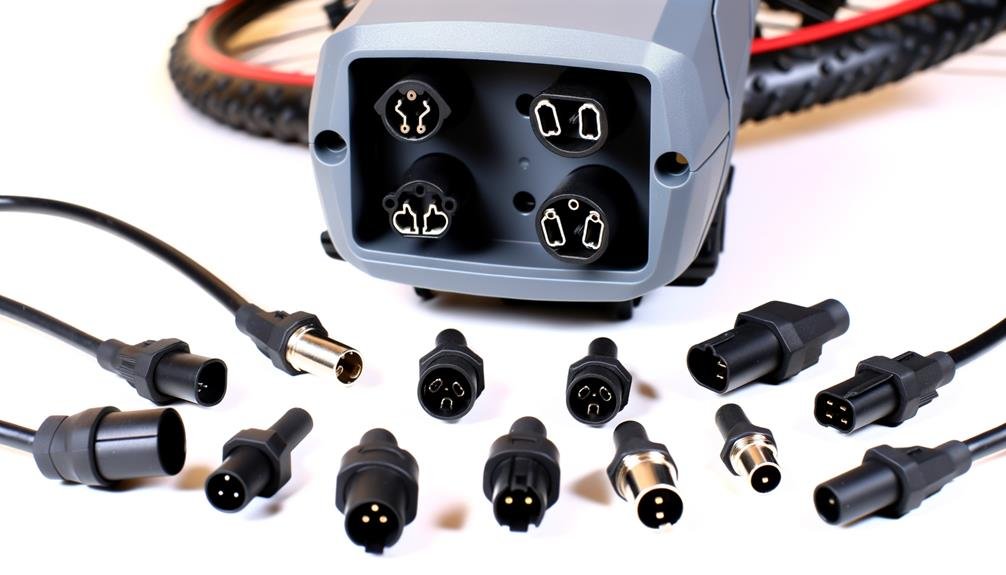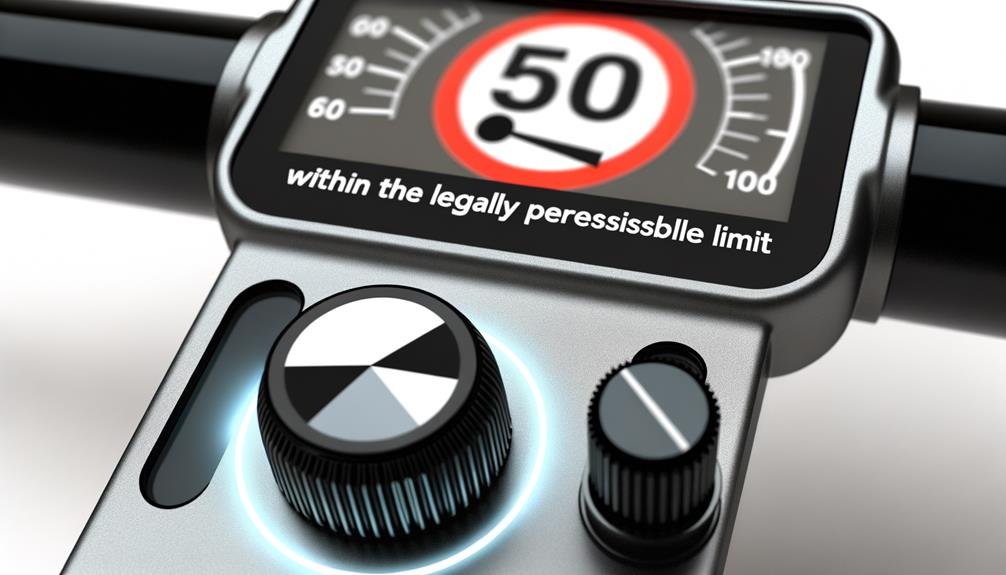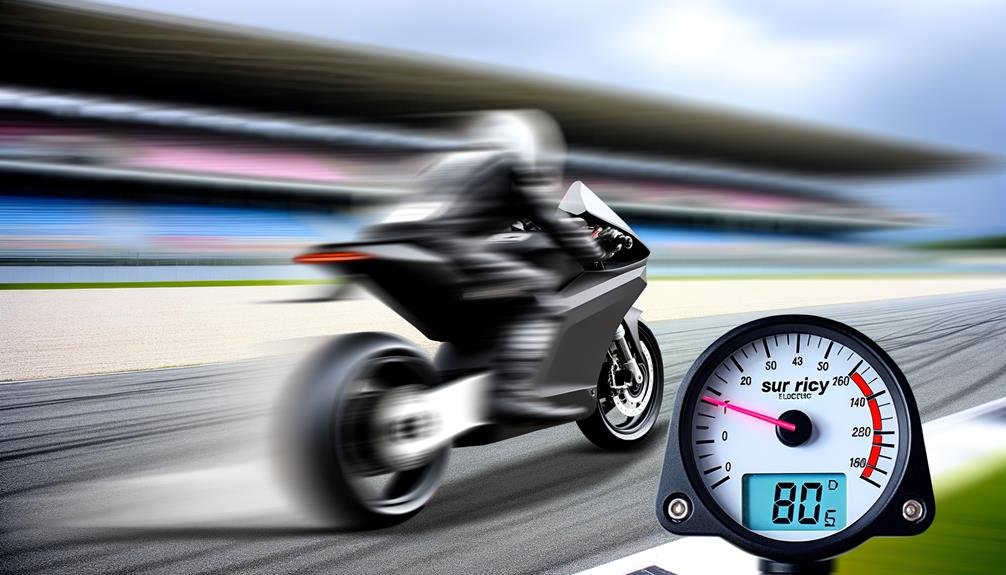Charles Miller is a veteran bike enthusiast with over 12 years of experience dealing with bikes as a mechanic. Despite immense love and expertise for...
Navigating the world of ebikes can often feel like trying to solve an intricate puzzle. One question we've often encountered is: can you change the display on your ebike?
To answer simply, yes, you can, but it's not as straightforward as you might think. The type of display your ebike can support largely depends on the model and make of your ebike. Additionally, certain factors such as the wiring, connectors, and mounting mechanisms can significantly impact the interchangeability of the display.
Hang tight as we delve deeper into this subject, and we promise you'll soon start to see the bigger picture.
Key Takeaways
- Ebike displays serve as control panels for electric bicycles, providing information on speed, battery status, distance traveled, and mode settings.
- Not all ebike displays are interchangeable, as compatibility with the bike's communication protocols is crucial.
- Swapping displays can be challenging due to different digital communication protocols and voltage requirements.
- When replacing an ebike display, it is important to carefully consider the technical specifications and compatibility requirements, match the voltage with the ebike motor, and test the new display before fully installing it.
Understanding Ebike Displays
Before we dive into the process of changing an Ebike display, it's crucial to understand what these displays are and how they operate. An e-bike display serves as the control panel for your electric bicycle. It's the component that communicates crucial information like speed, battery status, distance traveled, and mode settings. The display is typically located on the handlebars for easy access and visibility.
Understanding ebike displays involves recognizing the different types available. The old displays primarily came in LCD or LED formats, with simple, rather monochrome interfaces. However, technology has evolved and newer models come with advanced features. The new display can be TFT, full-color, and even touch-sensitive. They may also offer connectivity options like Bluetooth and GPS.
In the event your old display is malfunctioning or outdated, a replacement display can be installed. It's important to note that not all displays are compatible with all e-bikes. The new display should be compatible with your e-bike's voltage and other electrical systems. This compatibility ensures smooth operation and prevents potential damage to the e-bike's electronic components. We'll delve deeper into this in our next section.
Interchangeability of Ebike Displays
Having understood the basics of ebike displays, let's now examine the concept of their interchangeability, a critical aspect to consider when looking to replace or upgrade your current device.
The interchangeability of ebike displays is an essential feature that allows you to change your electric bike's display when your current one is damaged or when you just want to upgrade for a better experience.
Now, to the core of the matter:
- Not all ebike displays are interchangeable. The display must be compatible with the bike's communication protocols.
- If your display is damaged, you need to consider your bike's brand and model when getting a new one.
- Some ebike brands have proprietary displays, meaning you can only replace it with a display of the same brand.
- Other brands use standard protocols, offering more flexibility in choosing a new display.
Therefore, while it's possible to change your ebike's display, it isn't always a straightforward process. It requires a technical understanding of electric bikes, particularly their communication protocols.
As we continue to delve into this topic, we aim to provide the guidance you need to navigate these complexities.
Compatibility Issues

Diving into the crux of compatibility issues, it's crucial to understand that swapping out LCD and LED displays isn't as simple as it sounds, largely due to the different digital communication protocols and specific voltage requirements they employ. We'll delve into the technicalities to help you navigate through this maze.
LCD displays, for instance, communicate through specific digital protocols, making it challenging to replace them with another LCD or LED display. Similarly, LED displays use analog signals to read battery voltage and require a specific voltage display to match the battery voltage. This makes it difficult to interchange them without encountering compatibility issues.
Complications arise with the motor controller as well. Different protocols can make displays incompatible with various motor controllers, further increasing the complexity of the task at hand. The lack of standardization in display communication only adds to this confusion, with no uniformity in function, communication bus, or protocol.
Swapping between different versions of LED or LCD displays mightn't be feasible due to differences in pinouts, firmware, and compatibility. Understanding these intricacies, we can appreciate the challenges in display compatibility, making it not as straightforward as it might initially seem.
Replacing Ebike Displays
Despite these complexities, it's entirely possible to successfully replace an Ebike display if we carefully consider the technical specifications and compatibility requirements. Often, the process isn't as intimidating as it may initially seem. The new display should generally match the voltage of our Ebike motor, whether it's a 26 Volt system or something different. We must ensure that the display is compatible with our particular Hub Motor, as displays are generally designed to work with specific motors.
Let's dive into some specifics we need to keep in mind:
- Identify the exact model of our current display and motor. This information is crucial to select a compatible new display.
- Check the voltage rating of our Ebike motor and ensure the new display matches this.
- Look for displays that are explicitly stated to work with our particular Hub Motor.
- Always test the new display before fully installing it, to avoid any potential damage.
Legal Speed Limits for E-Bikes

While it's essential to consider the technical specifications of an ebike's display, it's equally important to understand the legal speed limits for e-bikes, which can vary significantly by country and region. A well-integrated ebike display should provide real-time information about your speed, battery level, and other essential parameters. This not only enhances your riding experience but also keeps you within the law.
In the UK, for instance, the legal speed limit for e-bikes is capped at 15.5 mph. Exceeding this speed while using the motor could classify your ebike as a motor vehicle, leading to potential legal complications. The current display should clearly indicate when you're nearing or exceeding this limit, allowing you to adjust your speed accordingly.
Hub Motors play a crucial role in maintaining the required speed limit. They're designed to cut off power once the legal speed limit is reached, keeping you in compliance with local regulations. Irrespective of the ebike's display you're using, it's fundamental to understand these legal speed limits for e-bikes and how they relate to your specific area. Always consult local laws and regulations for accurate information.
Frequently Asked Questions
How Do I Change the Display on My E-Bike?
We're here to help you customize your e-bike display for better aesthetics and user-friendly interfaces. Upgrades can be tricky, but with proper troubleshooting, we'll guide you to a more personalized, comfortable riding experience.
Can I Use a Different Display on My Ebike?
We've often tackled display compatibility; it's no easy task. Upgrading costs, installation complexities, advanced features, and durability all play vital roles. Unfortunately, using a different display isn't usually viable due to technical specificities.
What Are the Different Types of E-Bike Displays?
We're exploring various ebike display types, focusing on their features, compatibility, customization options, pricing, and installation process. It's a complex topic due to lack of standardization, but we're here to navigate it together.
Can I Modify My E-Bike?
We're able to modify our e-bike, including battery upgrades, speed enhancements, terrain adaptability improvements, safety modifications, and accessory installations. However, it's crucial to ensure these changes don't jeopardize the bike's performance or safety.
Conclusion
In wrapping up, we can't stress enough the importance of compatibility and careful research when it comes to changing your eBike display. It's not as simple as swapping out a lightbulb. It involves understanding the unique wiring, connectors, and mounting mechanisms of your specific eBike.
Let's remember, it's always a good idea to consult with a professional or the manufacturer. After all, you wouldn't want your eBike to turn into a high-speed, uncontrolled rocket due to a mismatched display!

Charles Miller is a veteran bike enthusiast with over 12 years of experience dealing with bikes as a mechanic. Despite immense love and expertise for his Tacoma, he rides his Trek Ebike more. Anytime you meet him, you’ll either hear him talking about Bikes, or writing about all things bikes and cars on this blog.
More Posts


